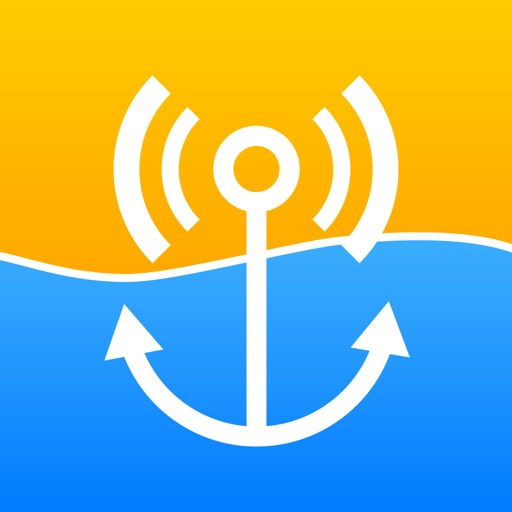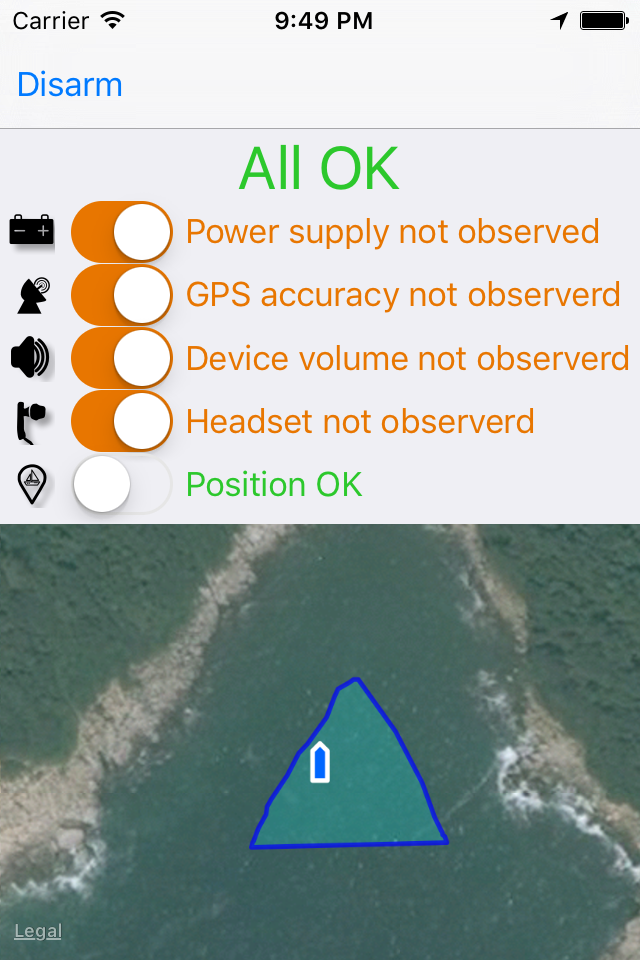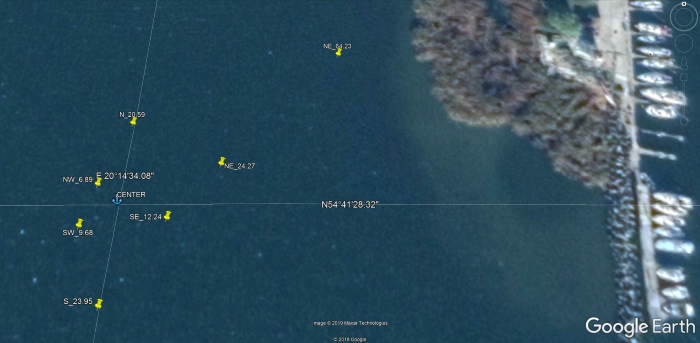

In general, the word “chain” is used for rode.

This tutorial will address items 1, 2, 3, and part of 4.

There are 4 steps to anchoring and setting an anchor alarm: They assist you by providing live data from the time you start an anchoring process until you’re setting the final anchor alarm position. Using these new capabilities is optional but trust me, you’ll want to use them. A couple of new additions provide some tools to assist you with anchoring BEFORE the anchor alarm is set.

This is why fenders are not optimal and hard-shelled buoys are preferred.The Anchor Alarm in Aqua Map is easily the best one available. As a result, the pulling angle at the anchor shaft is negatively affected by this floating-chain approach.įor this to work, though, it is important that the buoys do not get compressed by the water pressure when getting pulled down. The only disadvantage of the buoy system is that the anchor stays at the seabed ( ) and so eventually, the chain still needs to get down there. So, it is all kind of flipped from seabed to water level. The chain needs to get raised to store more energy, the buoys need to get dragged deeper under water to store more energy. But when looking into it more closely, it started making sense: Normally, the chain with its weight is providing the potential energy storage needed, but when the chain floats with buoys, it is the buoyancy of these buoys that is taking over this role. Click to expand.I have never tried using a floating chain yet, and at first it seemed to me to it could not possibly work.


 0 kommentar(er)
0 kommentar(er)
